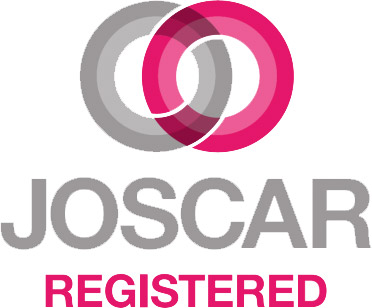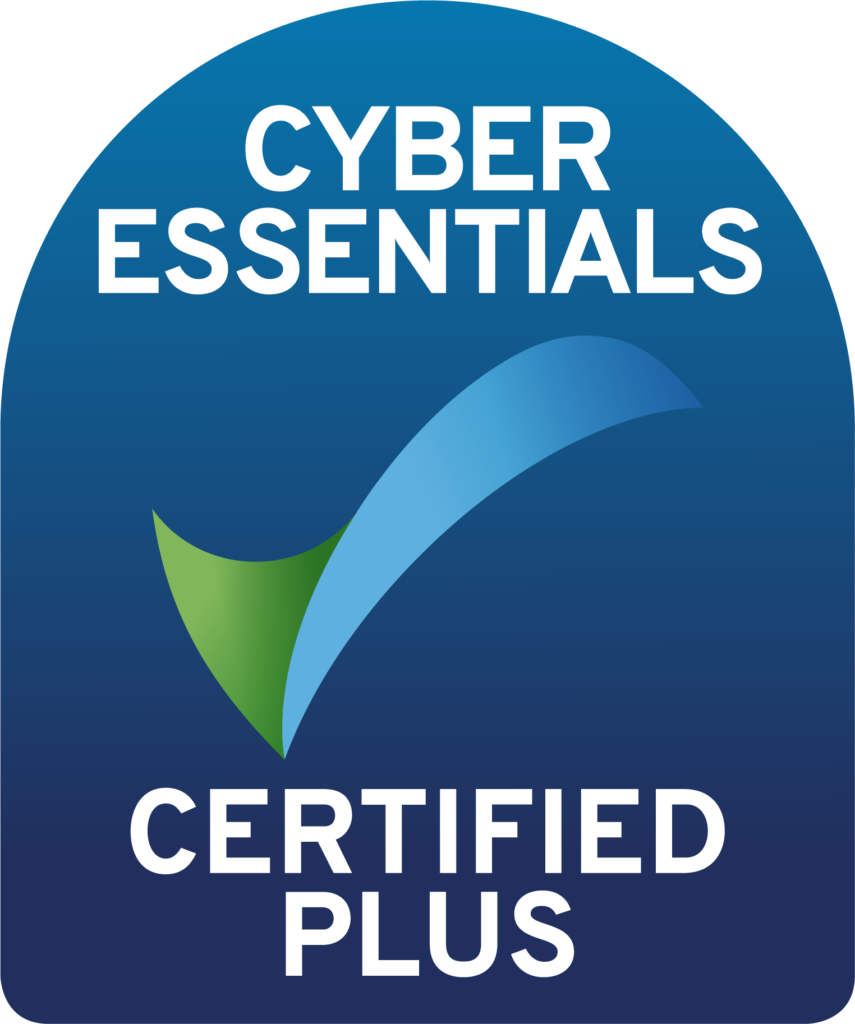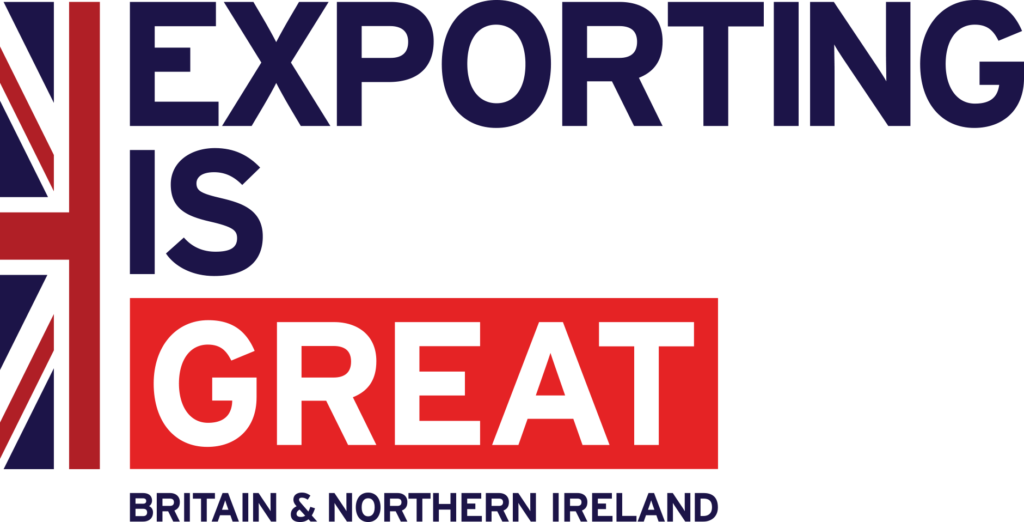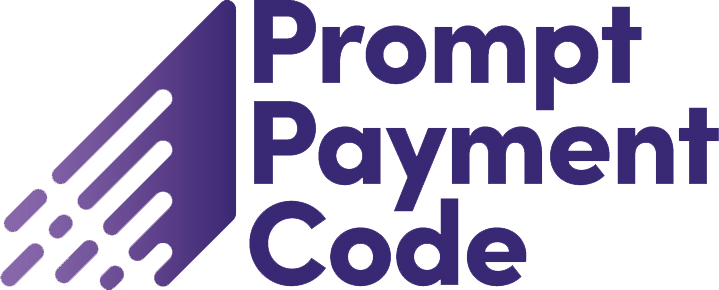Getting the HUMS project off the ground
Health and Usage Monitoring Systems (HUMS) is a technology that uses vibration-based drive-train monitoring to accurately determine a helicopter’s mechanical health and maintenance requirements. Through its implementation, operators can increase aircraft availability by reducing downtime for maintenance flights and forward plan routine repairs.
Civilian oil and gas engineers first developed HUMS to improve the safety of helicopters operating in the hostile environment of the North Sea. The UK Ministry of Defence quickly realised the safety and operational cost benefits that could be achieved through embracing this new technology and started their own development programmes.
The HUMS Project Team were tasked with getting Initial and Main Gate funding approval for the technology through the Investment Advisory Board (IAB). When they got the go ahead, the project team relocated from Bristol to RNAS Yeovilton, so that HUMS could be applied to military helicopter platforms.
The Challenge
The project’s relocation and subsequent changes in personnel resulted in the loss of much, if not all, of the established risk management practice. Nobody held the position of dedicated ‘Risk Manager’ and the team of 12 were attempting to handle multiple disparate risk registers without risk impact assessments or mitigation actions. Finally, the fragile relationship between the struggling project and key stakeholders disintegrated as Cost and Time criteria for the project overran.
Commander Mark Deaney took over as Project Leader, inheriting the challenge of submitting a Review Note and re-baselining the project. Commander Deaney had aspirations to embed best risk management practice as part of the IPT’s daily business, having seen its benefit on the Harrier GR9 project, and specifically, his aim was to reach level 3 risk maturity.
This was the point at which the project approached Risk Decisions to help them meet the challenge.
The Risk Decisions’ Solution
Risk Decisions reviewed the project’s existing risk management strategy, plan and process and worked with them to develop a roadmap for improvements that included achieving cultural and behavioural ‘buy in’ from the team.
A tailored programme of risk consultancy, training and workshops was recommended to help the project embed sustainable risk management to achieve their longer-term aspirations.
To support the adoption of best risk management practice, Risk Decisions provided their Predict! risk management software tools giving the team a framework for identifying and analysing risks, and planning and managing mitigation and fallback actions. The toolset also provided the team with the ability to do complex risk and uncertainty analysis modelling for time and cost. Predict! Risk Reporting capability then allowed decision makers to prioritise the management of risks and issues and subsequently inform them of any current or future resource requirements.
The Benefits
Risk Decisions worked closely with team members to ensure that they understood the rationale behind effective and sustainable risk management and were enabled with the tools and skill sets to perform risk analysis. As a result the team achieved the following benefits:
- The HUMS project achieved level 3 maturity and successfully submitted the project Review Note to the IAB.
- The project improved their understanding of the project cost drivers and implemented a process for managing the overall project costs and mitigating risk.
- All the stakeholders have a good visibility of risks to the project and their associated priority and a central repository to handle their risks.
- The team have the confidence to perform risk management effectively against their target projects and are able to deliver the required assurance processes.
- HUMS are able to improve other aspects of the project’s business, in particular, stakeholder relationships through more accurate planning associated with forecast delivery schedules and costs.
“Embedding effective risk management is not an easy or quick process. Projects have to go back to basic principles to understand their full risk exposure and this can be a lengthy process; your project and key stakeholders have to make a firm commitment if the process is to be effective. However, the HUMS project has found the experience to be very beneficial and has found Risk Decisions staff to be very knowledgeable and supportive throughout the process. They have delivered real value to the project.”
Commander Mark Deaney, HUMS Project Team Leader
Ongoing Risk Focus
The HUMS project continued to embed risk management culture across the team and as the project progressed, continually reassessed deliverables to ensure that all possible risks and opportunities were considered and planned for. To support them, Risk Decisions conducted monthly audits with ongoing coaching.
“Risk is now a key element of the management of the HUMS Project and will continue to remain an important element in our decision making,” says Commander Mark Deaney, HUMS Project Team Leader.









